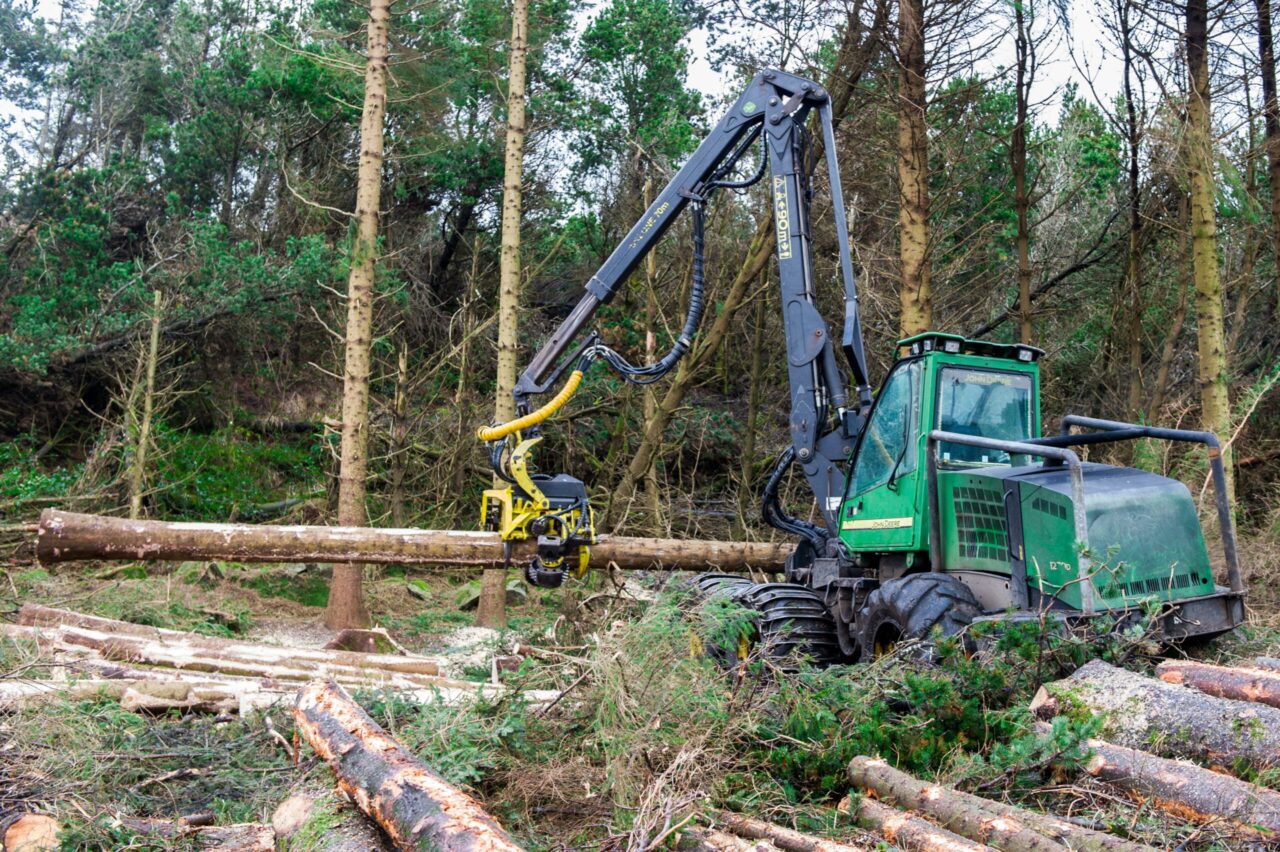To anyone following Irish forestry, including through The Currency’s coverage, each individual element of the Irish Strategic Forestry Fund (ISFF) announced by Coillte, Gresham House and the Ireland Strategic Investment Fund (ISIF) last month was nothing new. Coillte managing forests on private landowners’ holdings? The state-owned forestry company has been doing it since the early years following its establishment in 1989, through partnerships with hundreds of Irish farmers. For the past two years, it has also become an operator of its Nature Trust joint venture, which raises funds from corporations to plant native woodlands. International investment firms channelling funds into…
Cancel at any time. Are you already a member? Log in here.
Want to read the full story?
Unlock this article – and everything else on The Currency – with an annual membership and receive a free Samsonite Upscape suitcase, retailing at €235, delivered to your door.

